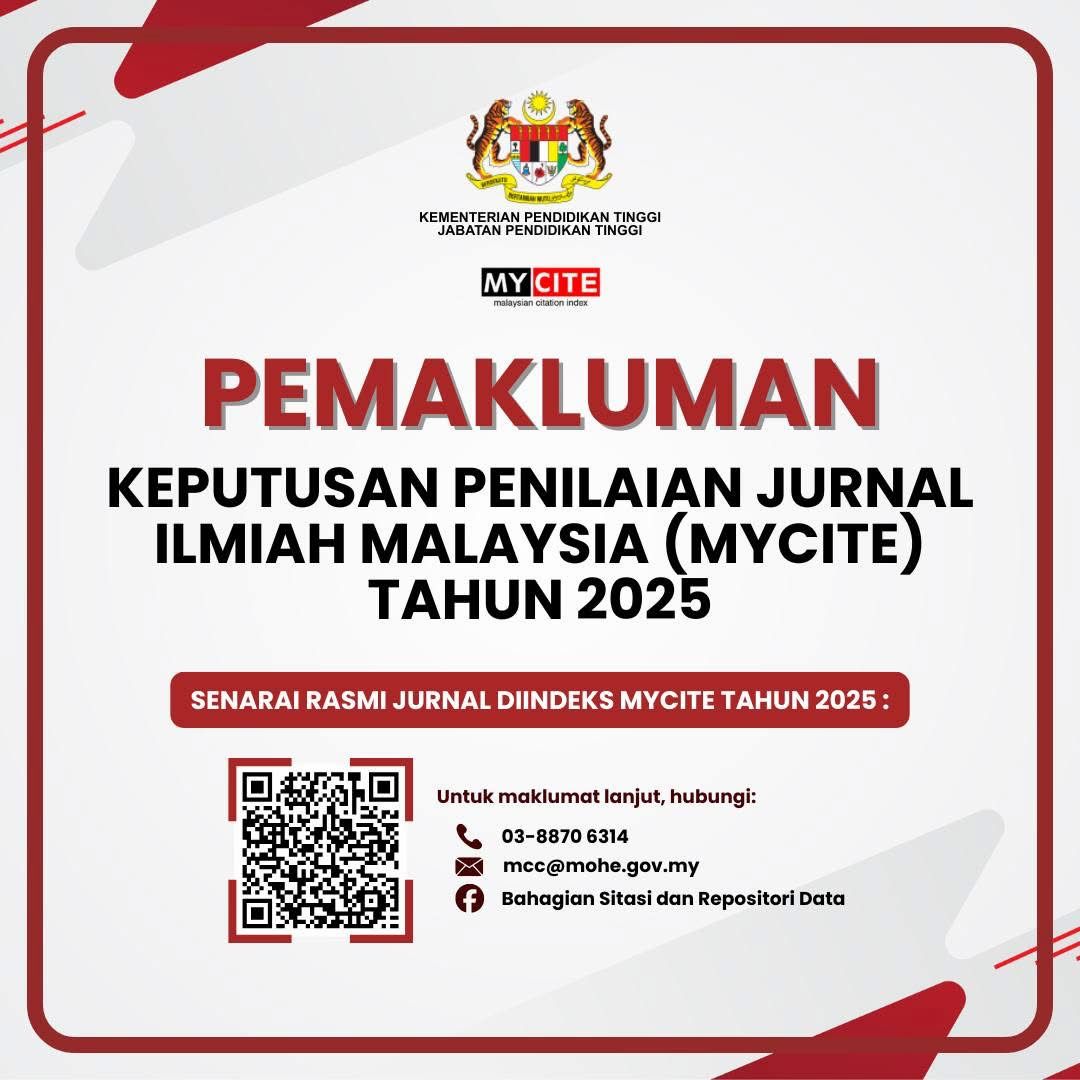Exploring the Impact of Emotion on Future Sustainable Development Education :Leveraging Virtual Reality Technology
DOI:
https://doi.org/10.24191/idealogy.v9i1.532Keywords:
Emotions, Sustainable development, Virtual reality, educational innovationAbstract
The 2015 United Nations Millennium Declaration identified 17 sustainable development goals (SDGs) and 169 sub-goals. Sustainability has always been an area of great concern. The main purpose of this study is to explore the role of emotion in promoting the innovation of education for sustainable development in the future through virtual reality technology. The main target group of this study is to promote the United Nations Sustainable Development Goal 13 climate change to people in developed regions. The main medium of communication is virtual reality animation video and game interaction, which is convenient for more users to access through online platforms. Participants can work together online to create sustainable animation and game projects. The 3D animation of virtual reality adopts more realistic modeling, lighting rendering, and material rendering. Issues such as deforestation and ocean acidification can be better visualized. People in developed regions may understand sustainable development but they do not have a deep understanding of the importance of the problem. Therefore, this research is dedicated to making people have a true emotional identity through virtual reality technology, and ultimately transforming people's values, behaviors and lifestyles towards sustainable development.
Keywords: Emotions, Sustainable development, Virtual reality, educational innovation
References
instruction. John Wiley & Sons.
Alghamdi, B., Potter, L. E., & Drew, S. (2021). Validation of Architectural Requirements for Tackling
Cloud Computing Barriers: Cloud Provider Perspective. Procedia Computer Science, 181, 477–486.
https://doi.org/10.1016/j.procs.2021.01.193
Brackett, M. A., Rivers, S. E., & Salovey, P. (2011). Emotional Intelligence: Implications for Personal,
Social, Academic, and Workplace Success. Social and Personality Psychology Compass, 5(1), 88–
103. https://doi.org/10.1111/j.1751-9004.2010.00334.x
Denham, S. A., Bassett, H. H., Brown, C., Way, E., & Steed, J. (2015). “I Know How You Feel”:
Preschoolers’ emotion knowledge contributes to early school success. Journal of Early Childhood
Research, 13(3), 252–262. https://doi.org/10.1177/1476718X13497354
Elias, M. J. (1997). Promoting social and emotional learning: Guidelines for educators. Ascd.
Ferreira, M., Martinsone, B., & Talić, S. (2020). Promoting Sustainable Social Emotional Learning at
School through Relationship-Centered Learning Environment, Teaching Methods and Formative
Assessment. Journal of Teacher Education for Sustainability, 22(1), 21–36.
https://doi.org/10.2478/jtes-2020-0003
Ho, L.-H., Sun, H., & Tsai, T.-H. (2019). Research on 3D Painting in Virtual Reality to Improve
Students’ Motivation of 3D Animation Learning. Sustainability, 11(6), 1605.
https://doi.org/10.3390/su11061605
Katsaliaki, K., & Mustafee, N. (2015). Edutainment for Sustainable Development. Simulation &
Gaming, 46(6), 647–672. https://doi.org/10.1177/1046878114552166
Kearney, M., & Schuck, S. (2005, June). Students in the director's seat: Teaching and learning with
student-generated video. In EdMedia+ Innovate Learning (pp. 2864-2871). Association for the
Advancement of Computing in Education (AACE).
Lee, A. J. (2019). U-statistics: Theory and Practice. Routledge.
Pivec, M., & Kronberger, A. (2016). Virtual Museum: Playful Visitor Experience in the Real and
Virtual World. 2016 8th International Conference on Games and Virtual Worlds for Serious
Applications (VS-GAMES), 1–4. https://doi.org/10.1109/VS-GAMES.2016.7590376
Rickinson, M. (2006). Researching and understanding environmental learning: hopes for the next 10
years. Environmental Education Research, 12(3–4), 445–457.
https://doi.org/10.1080/13504620600799182
Sanchez-Nunez, P., Cobo, M. J., Heras-Pedrosa, C. D. Las, Pelaez, J. I., & Herrera-Viedma, E. (2020).
Opinion Mining, Sentiment Analysis and Emotion Understanding in Advertising: A Bibliometric
Analysis. IEEE Access, 8, 134563–134576. https://doi.org/10.1109/ACCESS.2020.3009482
Slater, M., & Wilbur, S. (1997). A Framework for Immersive Virtual Environments (FIVE):
Speculations on the Role of Presence in Virtual Environments. Presence: Teleoperators and Virtual
Environments, 6(6), 603–616. https://doi.org/10.1162/pres.1997.6.6.603
Sterling, S. R., & Orr, D. (2001). Sustainable education: Re-visioning learning and change (Vol. 6).
Totnes: Green Books for the Schumacher Society.
United Nations Educational, Scientific and Cultural Organization (UNESCO). (2014). UNESCO
roadmap for implementing the global action programme on education for sustainable development
Downloads
Published
Issue
Section
License
UiTM Press (the Publisher) has agreed to publish the undersigned author’s paper in Idealogy Journal. The agreement is contingent upon the fulfilment of a number of requirements listed below.
1. The undersigned author warrants that the paper entitled below is original, that it is not in any way libellous or unlawful in Malaysia, that it does not infringe any copyright or other proprietary right. The undersigned hereby represents and warrants that he/she is the author of the paper, except for material that is clearly identified as to its original source, with permission notices from the copyright owners where required. The undersigned represents that he/she has the power and authority to sign and execute this agreement.
2. The undersigned author warrants that the paper entitled below has not been published elsewhere, and also it will not be submitted anywhere else for publication prior to acceptance/rejection by this Journal.
3. By submitting the paper entitled below, the undersigned author agrees to transfer the rights to publish and distribute the paper in an international e-journal (entitled above) to Publisher.
4. The undersigned author agrees to make a reasonable effort to conform to Publisher's submission guidelines and to liaise with the editor to ensure that the requirements of these guidelines are met to a reasonable degree.
5. The corresponding author signs for and accepts responsibility for releasing this material on behalf of any and all coauthors. This agreement is to be signed by at least one of the authors who has obtained the assent of the co-author(s) where applicable. After submission of this agreement signed by the corresponding author, changes of authorship or in the order of the authors listed will not be accepted.



